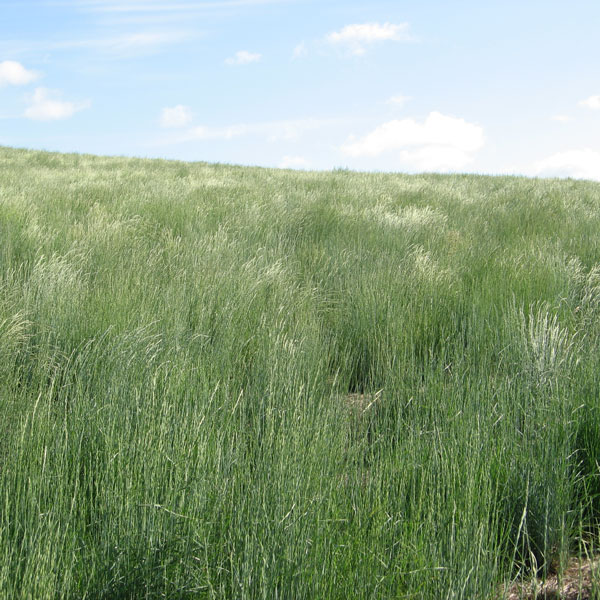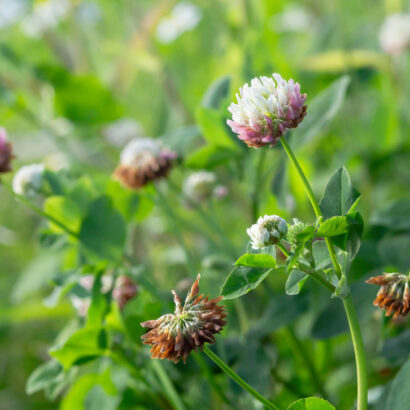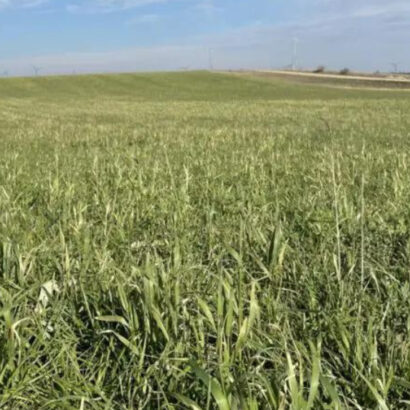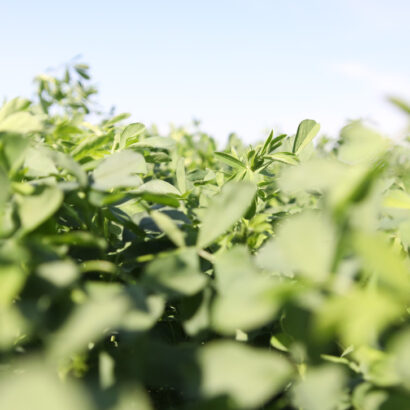First year management of seeding is crucial when converting cropland back to grass, says Matt Metzger, Millborn Seeds Forage and Cover Crop Specialist.
“Implementing the right management practices from the start will make or break the investment,” Metzger explains. “Producers need to make sure they are planting the right species and varieties for their acres. However, using the right seed mix does not guarantee success if management is poor.”
Low commodity prices in comparison with a relatively steady cattle market have many livestock producers looking to convert marginal cropland back to grass. Millborn Seeds, a Brookings-based grass seed company that recently opened a Rapid City location, works with producers across the region, helping them implement best management practices to convert cropland into lush pasture ready for grazing within as little as a year.
“Because most producers may not plant a pasture more than once or twice in their lifetime, trying to understand what to plant and what management practices to follow can seem overwhelming,” Metzger explains. Below he shares tried and true best management practices.
Pasture seeding 101
Drill in seed: Seed should be placed shallow, on a firm seedbed. Drilling seed into crop residue provides many benefits to the new seed, including the following:
- Maintain and retain moisture
- Reduce erosion
- Reduce weed competition
Other considerations at planting: If producers plan to plant a nurse crop of oats or barley when drilling grass seed, go light, planting a third to half seeding rate of the nurse crop.
Assess stand 60 to 85 days after planting: Depending on growing conditions, assessing the stand 60 to 85 days after planting will guide producers’ next steps.
Hay a healthy stand: Because many of the common species used in a pasture mix are cool season grasses, if pasture has taken off and there has been adequate moisture, haying can provide some first-year return if growth is adequate. Haying a healthy stand is also a good weed control measure, preventing weeds from going to seed.
What about grazing? As a general rule, grazing during the seeding year should be avoided. The only time it is okay to graze a healthy stand is if it is done late fall, once grass is dormant. “This should be a quick pass grazing, like when you’re bringing the herd home for winter,” Metzger explains.
Other weed control measures: If the stand has not received adequate moisture and growth is stunted, then as long as grasses are at the three-leaf stage, spraying for broadleaf weeds and letting the grass grow and go dormant into winter is the best practice.
If alfalfa or other forage broadleaves are included in the pasture mix, chemical options are limited, so haying may be the best weed control option.
What about drought? If seeding a pasture in a drought year, don’t be discouraged. “In a drought year, don’t call it a failed seeding until you have evaluated the following spring,” Metzger says. “The best thing to do during a drought is nothing. More than likely, if the seed was planted into residue, the roots are still alive and will come up the following spring. Patience is key in all pasture seedings, but in dry conditions, your patience will be tested even further.”
Second year grazing: Grazing the year after planting is a good management practice as long as you saw sufficient growth during the seeding year. It promotes tillering and roots should be established enough at this point to support grazing. However, stocking rates should be closely monitored. To figure our your stocking rate, use our stocking rate calculator.
You can view more information on Hay & Pasture options here.




Discussion
0 Comments